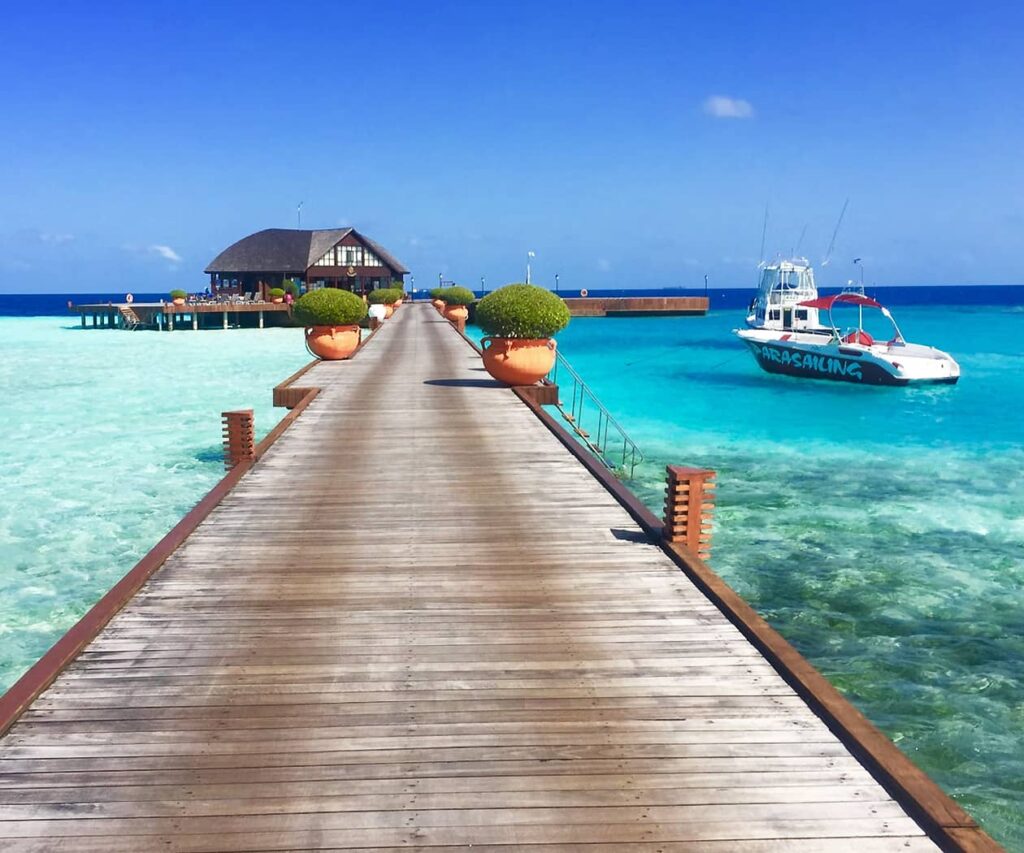
Discovering Weed in Bangladesh: The Hidden Story Behind a Growing Conversation
Bangladesh, a country known for its lush greenery, fertile lands, and deep cultural traditions, has always maintained a complex relationship with nature. From the vast tea gardens of Sylhet to the rice fields of the delta, agriculture is at the heart of Bangladeshi life. But among the many plants that thrive in this tropical climate, one has long stood in the shadows — cannabis, or as it’s more commonly known, weed.
For decades, cannabis has been both a taboo and a topic of quiet curiosity in Bangladesh. While the plant has deep historical roots in South Asia, modern laws and social attitudes have pushed it into secrecy. Yet, beneath the surface, a quiet transformation is taking place — one that reflects changing global attitudes and a new generation’s openness to discuss what was once forbidden.
This article explores the history, legality, culture, and future of cannabis in Bangladesh, offering a human-readable look into how the country is rediscovering this ancient plant.
A Historical Glimpse: Weed and South Asian Culture
To understand cannabis in Bangladesh, one must look back to its roots in South Asian history. Cannabis has been known in the Indian subcontinent for thousands of years, mentioned in ancient texts like the Atharva Veda and used in traditional medicine (Ayurveda) and spiritual rituals. It was believed to be a gift from the gods — a plant that could heal, relax, and expand the mind.
Before Bangladesh gained independence in 1971, the use of cannabis was not considered particularly scandalous. In rural areas, especially among farmers and laborers, it was sometimes used during festivals, religious gatherings, or to ease body pain after long days of work. “Bhang,” a drink made from cannabis leaves, was consumed during certain Hindu celebrations, like Holi and Shivratri.
Even in the early 20th century, small shops in cities like Dhaka and Chittagong sold cannabis legally under government control. It was taxed, regulated, and available — not unlike alcohol in other parts of the world. However, everything changed after the global “war on drugs” began in the mid-20th century.
The Legal Status of Cannabis in Bangladesh
Today, cannabis is illegal in Bangladesh, both for recreational and medicinal use. The Narcotics Control Act of 2018 strictly prohibits the cultivation, possession, sale, and consumption of marijuana.
According to the law:
- Possession of small amounts of cannabis can lead to up to five years in prison or a hefty fine.
- Large-scale trafficking or cultivation can result in life imprisonment or even the death penalty in severe cases.
The government has taken a hard stance on drug-related crimes, largely due to international pressure and its efforts to maintain law and order. Bangladesh is situated in a region that faces major drug trafficking challenges — particularly from the “Golden Triangle” (Myanmar, Laos, and Thailand), where methamphetamine and opium are produced. As a result, cannabis has often been lumped into the same category as more dangerous substances, even though its effects and risks are vastly different.
Despite these strict laws, cannabis continues to exist — quietly but persistently — throughout the country.
Where Weed Grows in Bangladesh
Bangladesh’s tropical climate is perfect for growing cannabis. The fertile soil, high humidity, and long growing seasons make it ideal for cultivation. Historically, wild cannabis plants have been found in parts of Rajshahi, Kushtia, Chapai Nawabganj, and Sylhet, among other regions.
In rural areas, some older generations still see cannabis as part of local tradition rather than a dangerous drug. Farmers sometimes grow a few plants for personal or community use, using the leaves to make homemade remedies or simply for relaxation.
Cannabis Culture in Bangladesh: Hidden but Alive
In modern Bangladesh, cannabis exists quietly beneath the surface. Public consumption is rare, but not unheard of. Certain groups, especially young people and artists, have become more open about weed — viewing it as a natural alternative to alcohol or synthetic drugs.
In urban centers like Dhaka, Chittagong, and Sylhet, a small but noticeable subculture has formed around cannabis use. Students, musicians, and free thinkers often gather in private spaces to smoke weed socially. For them, it’s not just about intoxication but about creativity, conversation, and escape from the pressures of daily life.
Social media has also played a major role in changing perceptions. Online discussions about weed — from its health effects to legalization movements abroad — have made people more aware of its global acceptance.
Still, the stigma remains. The older generation, deeply rooted in traditional and religious values, views weed as a vice or a sign of moral decay. Many families would rather turn a blind eye than openly discuss it, and users often face judgment or alienation if discovered.
Medical Marijuana: A Missed Opportunity
Globally, cannabis has gained recognition for its medical benefits. Countries such as Canada, Germany, Thailand, and even neighboring India (in limited cases) have begun allowing its use for conditions like chronic pain, epilepsy, anxiety, and cancer treatment.
In Bangladesh, however, medical marijuana is still prohibited. This is surprising given the country’s rich tradition of herbal medicine and the popularity of natural healing methods. Some local doctors and alternative healers acknowledge that cannabis could be beneficial, but the lack of research and legal permission prevents them from exploring its potential.
If properly regulated, medical cannabis could provide new treatment options for patients suffering from chronic illnesses. It could also create a new agricultural industry for the country, providing jobs and tax revenue. But for now, those possibilities remain distant dreams.
Law Enforcement and the Drug Problem
Bangladesh faces a serious drug crisis — but not because of cannabis. The real threat comes from yaba, a dangerous methamphetamine pill smuggled from Myanmar. Yaba has devastated communities, especially among youth, leading to addiction, crime, and violence.
Unfortunately, in the government’s broader “war on drugs,” cannabis often becomes collateral damage. Law enforcement frequently targets small-time users or villagers caught with small amounts, while larger trafficking networks are harder to dismantle.
Public Perception: Slowly Changing
While cannabis is still taboo in mainstream society, attitudes are slowly shifting. Many Bangladeshis, particularly those under 35, see the hypocrisy in criminalizing weed while alcohol, tobacco, and even harder drugs cause far greater harm.
Conversations about legalization, once unthinkable, are beginning to appear in university debates, online forums, and even art and music. Bangladeshi rappers and independent musicians occasionally reference weed in their lyrics, seeing it as a symbol of freedom and resistance.
Still, fear of arrest and social shame keep the culture largely underground. Most users prefer discretion over activism. But as global awareness spreads, it’s only a matter of time before the discussion becomes too large to ignore.
The Future of Cannabis in Bangladesh
Could Bangladesh ever legalize or decriminalize cannabis? The short answer is: not anytime soon. The country’s conservative laws, political climate, and international obligations make reform difficult.
However, the long-term outlook may be more optimistic. As more nations embrace medical marijuana and industrial hemp, Bangladesh may eventually reconsider its policies. The country’s natural conditions are perfect for hemp farming, which could be used to produce textiles, paper, and eco-friendly construction materials — industries already strong in Bangladesh.
If handled responsibly, cannabis could become not a threat, but a source of healing and economic opportunity.
Conclusion
Discovering weed in Bangladesh is less about finding hidden farms or open dispensaries and more about uncovering a quiet cultural reality. Cannabis has been part of this land for centuries — growing wild in its soil, used by its ancestors, and whispered about by its youth.
Today, it remains a controversial subject — illegal, stigmatized, and hidden in plain sight. Yet, as global attitudes change and Bangladesh’s younger generation becomes more open-minded, the story of weed in the country is beginning to evolve.
Perhaps in the near future, Bangladesh will find a balanced approach — one that honors its cultural roots, embraces scientific research, and recognizes that the humble cannabis plant is not an enemy, but a misunderstood part of its natural heritage.

Just love this dude Explorer. Keep up with the good work. Excellent customer service. He goes above and beyond to make sure the order is right, help and support if anything goes wrong.
It was hard to find a reliable plug but finally Explorer showed up and gained my trust. Definitely he is the way out and hands down the best.@ https://t.me/explorerbud
EXPLORER is the one Super responsive, on time and the weed is absolute fire. The strains are seriously on point.
Best service Ive found by far, won’t be using anything else unless I find a reason too, I paid using bitcoin and he delivered thanks Explorerbud1@gmail.com
Not sure why you are still waiting for dealers to respond you and wait for the delivery… It’s 21st century dudes . these guys usually have several strains always available in center so just couple of clicks and you get GPS coordinates and a photo where to grab your stuff immediately after crypto payment or gift card payment. If something goes wrong they have support you may chat with after payment confirmation, but usually no problems detected
If you are getting from elsewhere then you need to switch. The great pricing attracted me, but the hospitality of EXPLORER, the quality of weed ( dried and completely cured nugs), the fast delivery and the freebies made this experience amazing.
Will definitely come back for sure and I will be a long time customer thanks EXPLORER
I have tried a lot of weed strains, and the quality from TOURBUD is unbeatable. The process was seamless, and the strains arrived fresh and potent and I paid using bitcoin before delivery. guys text him on telegram for fast reply @ https://t.me/tourbud
I contacted him on his telegram and due to security reasons he requested crypto payments which i did.
about 30minutes later my dope was dropped at my requested location
great guy!!!
i highly recommend email tourbudguide@gmail.com
Everytime I order, I get excited not only for his TOP NOTCH PRODUCTS, but his amazing customer service.
From the time I start my text, to when my weed arrives, Explorer makes every encounter fast, friendly and SO AFFORDABLE. He works with you to get what you need.
Thank you Explorer for been so good to me everytime.